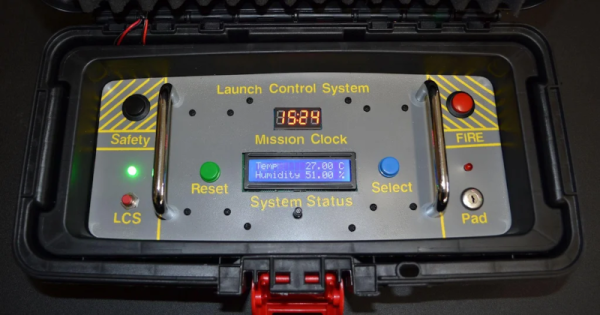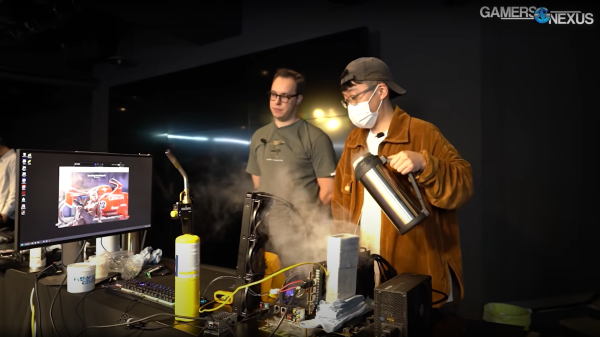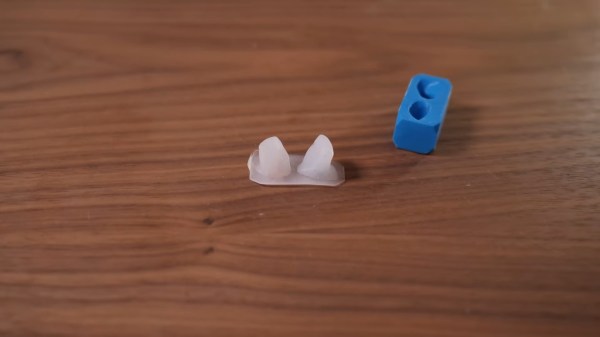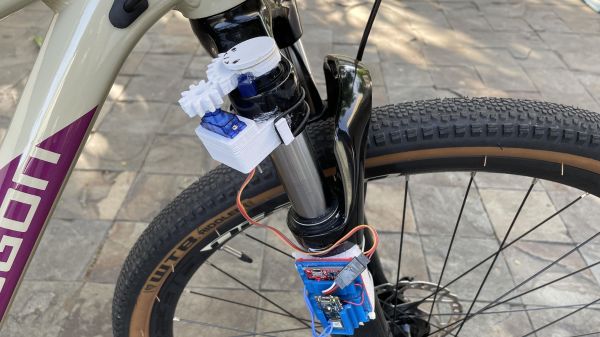Join us on Wednesday, January 25 at noon Pacific for the Vintage Electronics Hack Chat with Keri Szafir!
The world of the hardware hacker is filled with smells. The forbidden but enticing waft of solder smoke, the acrid bite of the Magic Blue Smoke, the heady aroma of freshly greased gears, the unmistakable smell of hot metal — they all tell a story, sometimes good, sometimes bad.
But the smell inside a piece of vintage electronics? Now that’s a complicated story indeed. It might be the wax of the old capacitors, the resinous scent of well-baked resistors, the enameled wire in transformers, or just the smell of the hot glass of the vacuum tubes. Whatever it is, once you smell it, you’ll never forget it
 For some of us, that first whiff starts a lifelong passion for vintage gear. Keri Szafir knows quite well what it’s like to be bitten by the vintage bug, so much so that she goes by “The Vacuum Tube Witch” over on her YouTube channel. Her projects include repairs and restorations of vintage amps and radios, and even new builds with old tubes. She’ll stop by the Hack Chat to talk about vintage electronics, tube
For some of us, that first whiff starts a lifelong passion for vintage gear. Keri Szafir knows quite well what it’s like to be bitten by the vintage bug, so much so that she goes by “The Vacuum Tube Witch” over on her YouTube channel. Her projects include repairs and restorations of vintage amps and radios, and even new builds with old tubes. She’ll stop by the Hack Chat to talk about vintage electronics, tube hoarding collecting, and even her new interest in retro display technologies. Where there’s a tube, there’s a way!
Our Hack Chats are live community events in the Hackaday.io Hack Chat group messaging. This week we’ll be sitting down on Wednesday, January 25 at 12:00 PM Pacific time. If time zones have you tied up, we have a handy time zone converter.



















